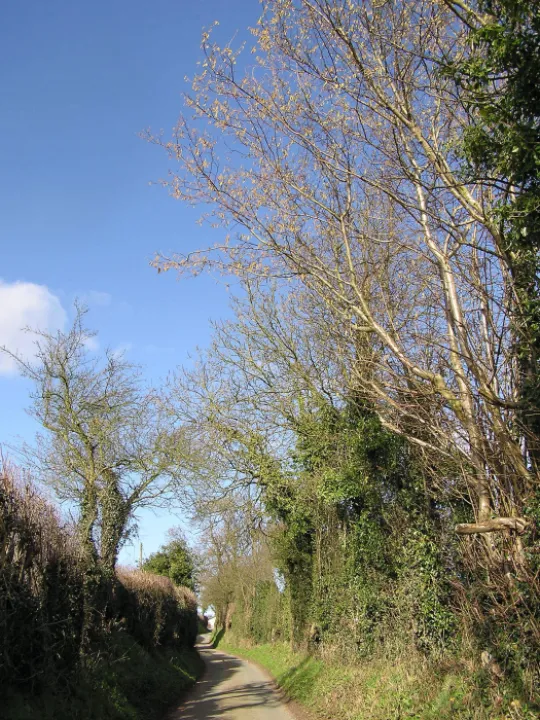TRAVELLING ON RURAL ROADS
TRAVELLING ON RURAL ROADS
The Carriageway
Rural roads can vary in width – from those with plenty of room for two vehicles to pass, to narrow lines where it is necessary to use passing places.
The surface is likely to be less maintained than main roads – pot-holes, uneven levels and ill-defined edges may make it harder to control the vehicle.
Visibility may be restricted by overhanging vegetation.
Farm traffic may mean mud spread across the surface.
All of these factors mean there is a need to drive with care, and to reduce speed.
The Verges
Technically, all the space between hedges, including the verges, is part of the highway.
Our country roads often fulfil a similar purpose to pavement in towns – as safe, off-road refuges for non-motorised users.
Sometimes they are obstructed – by parked vehicles, by stones or chains or other markers put up by residents, or by stacked building materials.
Sometimes they are badly churned up by heavy lorries or farm vehicles.
Occasionally, motorists will need to take to the verge to allow other vehicles to pass: this should be done with caution, and it is always better to find a clear passing place.
If at times it is absolutely necessary to park on the verge, care should be taken to cause the minimum obstruction – not near bends, or where parking makes it difficult to access gateways, or other places where it causes a hazard for others using the road.
Impatience
Impatience is a common failing, but there is little point on trying to hurry on rural roads.
Usually, there is not much to be gained by that extra bit of speed or overtaking: as lie as not, the difference on overall journey time is almost non-existent – but there may be a big increase in risk.
Speed
Speeding, especially by cars and Lorries, is identified by many non-motorised users as a major hazard.
We have the odd situation where it is possible to drive along an A-road which has a 40 mph limit, then turn off onto a country road where the familiar sign tells us that the national speed limit (60 mph) applies.
That speed may be legal, but that doesn't mean it is safe.
Remember the typical stopping distance given in the Highway Code for a car, in good condition: 12 metres at 20 mph, 36 metres at 40 mph, 53 metres at 50 mph.
That extra distance may make all the difference when encountering a hazard or meeting another road user.
And in a collision with a car, the pedestrian, cyclist or horse will always come off second best.
There is no single safe speed: the safe speed is the one at which the driver has control of the vehicle, and can stop when required.
It is not necessary to crawl everywhere in first gear, it is necessary to adjust speed to the road and the conditions.
Courtesy
Another frequent complaint by non-motorised users is lack of consideration by motorists.
Stopping at a point where a horse-rider can pass safely, maybe at a passing place, or where there is a wide verge: slowing down when passing cyclists, rider or dog walkers, and not forcing them to squeeze into the hedge – all these small points of courtesy are appreciated, and usually acknowledged.
A country drive can be much pleasanter if there is eye contact and a friendly wave when meeting another road user.
Quick Links
Village Map
Get In Touch
MalpasOnline is powered by our active community.
Please send us your news and views using the button below:


